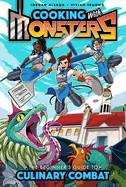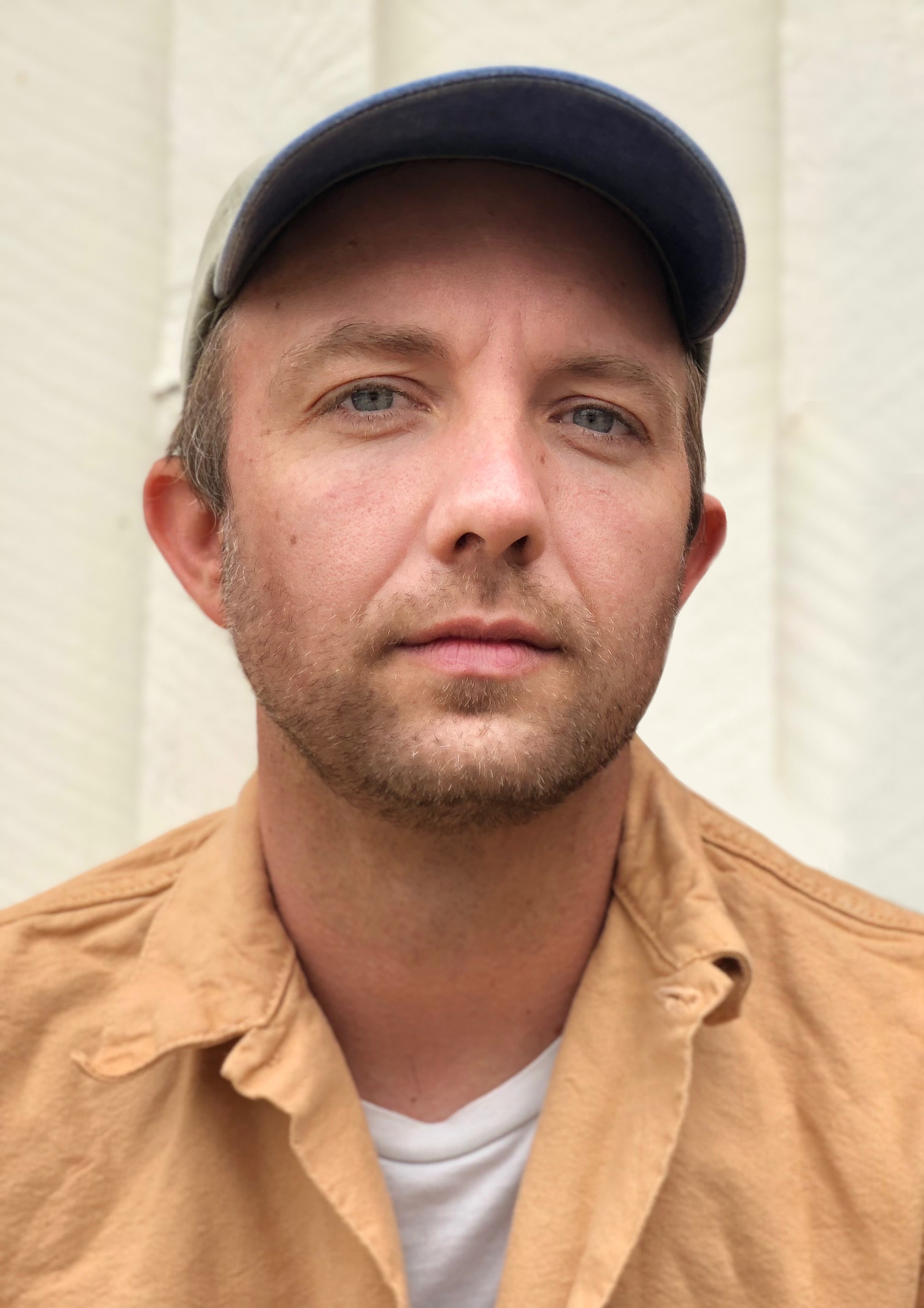 |
| photo: Carson Ellis |
Jon Klassen grew up in Niagara Falls, Canada, and now lives in Los Angeles, Calif. He is the author and illustrator of books that include I Want My Hat Back and This Is Not My Hat, for which he won the Caldecott Medal. Two of his picture books have been named Caldecott Honor books: Sam and Dave Dig a Hole and Extra Yarn (winner of the Boston Globe-Horn Book Award), both by Mac Barnett. The Skull, written and illustrated by Klassen, was recently published by Candlewick Press.
Handsell readers your book in 25 words or less:
A girl named Otilla runs away from home in the night and finds an old house in the woods with a skull living in it.
On your nightstand now:
Life's Work by David Milch--Milch wrote and created NYPD Blue (which I haven't really watched) and Deadwood (which I've rewatched many, many times). His memoir was written while he was in the middle stages of Alzheimer's, and it's really something to hear someone that good tell you about his crazy life while it's slipping away from him.
Favorite book when you were a child:
Sam and the Firefly by P.D. Eastman--the story is fine, but the art and the mood of it is what really sticks with me. The illustrations in The Skull actually owe a lot to this book. The graphite over a dull teal with a few highlights is lifted directly from it.
Your top five authors:
I'd like to suggest a change of category, if you're interested. I'd like to submit my top 10 visual artists in place of my top five writers. I'm an illustrator also, after all, and this applies just as much, if not more, to my work. And a lot of my bookshelf is books about these people, anyway.
Okay: top 10 visual artists (in no particular order):
Horace Pippin, Charles Burchfield, Saimaiyu Akesuk, Edward Hopper, Parr, David Milne, Enzo Mari, Kenojuak Ashevak, Agnes Martin, Pierre Bonnard.
Book you've faked reading:
The Feynman Lectures on Physics by Richard Feynman, Robert B. Leighton, and Matthew Sands. My brain plays this super fun trick on me where it's extremely interested in physics, and then opens some hidden trap door to immediately forget everything I try to learn about it.
Book you're an evangelist for:
Train Dreams by Denis Johnson. Carson Ellis gave me this book a few years ago. I'd never read Denis Johnson before, but after reading this book, I tried to read everything he'd written--Train Dreams is still my favorite, though. It's about a man in railroad-building times who begins the book by doing something terrible, and then kind of wonders about his capacity for terrible things for the rest of his life.
 Book you've bought for the cover:
Book you've bought for the cover:
Mules and Men by Zora Neale Hurston. This was a lucky break. I have certainly bought books for their covers besides this one, and never actually started to read them, but I started to read this one and it grabbed me and didn't let go. It was a very big discovery.
Book you hid from your parents:
Yes, Virginia, There Is a Santa Claus: Cartoons from Playboy (1971). I found this in my dad's childhood bedroom, where all the books in his parents' house were kept. His old picture books were there, too, which is where I found a lot of my lifelong favorites, but then one day I also found this one. I had a few short days with it before I was found out.
Book that changed your life:
Waiting for Godot by Samuel Beckett. In 11th grade, we had a literature teacher who would go away every summer to some remote place, get horribly sick there, and then be absent most of the school year, recovering from that illness. But he set up a reading list and Waiting for Godot was on it. I had liked reading plays just fine before, but the first lines of this one... just the stage-setting into the first words they say to each other... just the very first page... I remember staring at it, and then looking around the class like an alien had just showed up in the room with the key to everything.
Favorite line from a book:
Then I crawled into the log/ with the moon just beginning/ to forgive me. --From The Wishing Bone Cycle: Narrative Poems from the Swampy Cree Indians, gathered and translated by Howard A. Norman
This is the end of a short, translated Cree poem about wishing to grow old, and the wish coming true, and then immediately dying of old age. The other poems in the book are often funny, and this idea is funny, too, but the last line always chokes me up anyway. I found this poem/book through Michael Dumontier's blog (Stoppingoffplace), which was a formative discovery of its own.
Five books you'll never part with:
The Miner's Pale Children by W.S. Merwin: I only got into Merwin right after he died and I read about his life. At first, I only read his poems, but then I read a short story called "Tergvinder's Stone" that really knocked me out, and it was from this book, which has many many other stories that also knocked me out. Whenever I'm reading it, I'm vaguely sure it's my favorite book.
The Native Trees of Canada by Leanne Shapton: This was the first book of Leanne's I saw, and I found it when I was going through an especially big bout of homesickness for Canada, and it helped. Her ideas of what books can be about are as impressive as her execution of them. A huge inspiration.
We Have Always Lived in the Castle by Shirley Jackson: It's honestly a toss-up on which Shirley Jackson to put in here. But something about her writing a child instead of an adult puts this one over the top. Maybe the writer I wish the most that I could write like.
The Crossing by Cormac McCarthy: I don't remember a lot of the particulars. I remember moments, and I remember crying and being exhausted and very grateful. That's how you feel with a lot of his books, but the feeling was the biggest with this one.
Fortunately by Remy Charlip: The coolest guy to ever do it. I don't know if I have a favorite of his, but this one has everything he did so well. Whenever I stress out about making picture books and see one of his, it's like he's tussling my hair and saying, "Relax, this can be very very fun."
Book you most want to read again for the first time:
The Remains of the Day by Kazuo Ishiguro. This book is like a beautiful old car that, when you first get into it, you look around and admire it--how perfectly constructed it is--and then the driver says "now watch what it can do" and you fly off into outer space or something. It was so amazing reading a calmly told story of a calm life in a calm house and, at the same time, feeling like the G-forces of it were pushing my cheeks back against my face. You probably only get to feel that the first time.
 In May, bookstore sales rose 6%, to $650 million, compared to May 2022, according to preliminary Census Bureau estimates, the fourth monthly gain for bookstore sales this year. By comparison to pre-pandemic times, bookstore sales in May were down 5.1% from May 2019. For the first five months of the year, bookstore sales are up 8.3%, to $3.3 billion, compared to the first five months of 2022.
In May, bookstore sales rose 6%, to $650 million, compared to May 2022, according to preliminary Census Bureau estimates, the fourth monthly gain for bookstore sales this year. By comparison to pre-pandemic times, bookstore sales in May were down 5.1% from May 2019. For the first five months of the year, bookstore sales are up 8.3%, to $3.3 billion, compared to the first five months of 2022.


SHELFAWARENESS.1222.S1.BESTADSWEBINAR.gif)


SHELFAWARENESS.1222.T1.BESTADSWEBINAR.gif)
 Several top editors at Penguin Random House are leaving the company as part of
Several top editors at Penguin Random House are leaving the company as part of 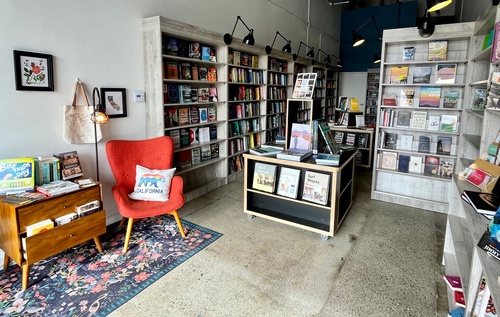 Michelle Pierce, who purchased
Michelle Pierce, who purchased 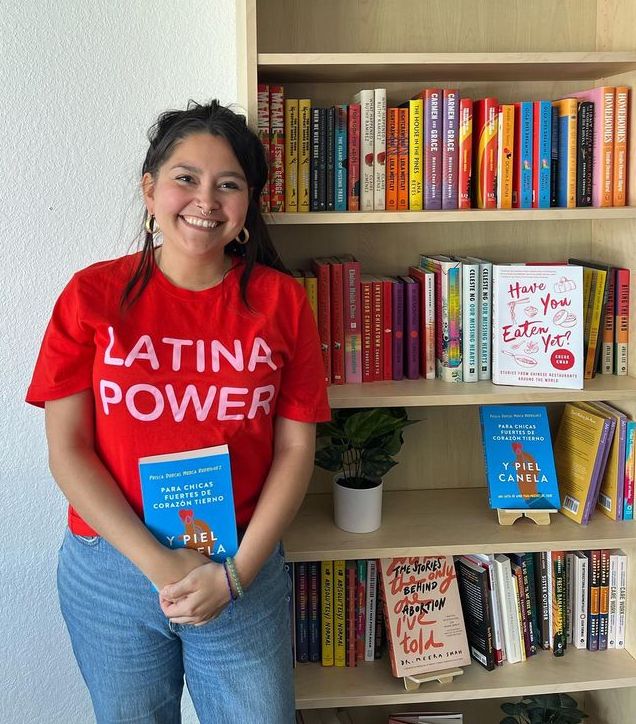


 "
" Jews in the Garden: A Holocaust Survivor, the Fate of His Family, and the Secret History of Poland in World War II
Jews in the Garden: A Holocaust Survivor, the Fate of His Family, and the Secret History of Poland in World War II
 Book you've bought for the cover:
Book you've bought for the cover: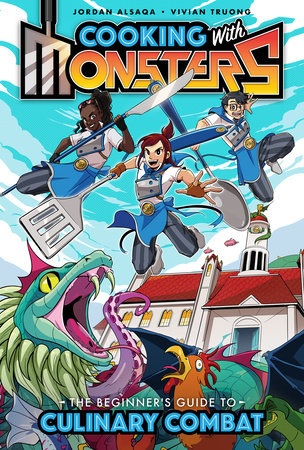 This exuberant, action-packed YA fantasy graphic novel adds an inventive culinary twist to a magical boarding-school story.
This exuberant, action-packed YA fantasy graphic novel adds an inventive culinary twist to a magical boarding-school story.